Yellow-tailed Woolly Monkey Lagothrix flavicauda
Peru
Critically Endangered
Yellow-tailed Woolly Monkeys are social and active during daylight hours, living in groups with a dominant male, mature males and females, and young monkeys. They communicate through vocalizations like a loud, barking call. Endemic to the Peruvian Andes, they thrive in montane rainforests and cloud forests. They face an existential threat from habitat loss due to palm oil, soy and meat deforestation. Let’s unite to protect these precious creatures by boycotting palm oil, adopting a vegan lifestyle, and raising awareness for them. Together, we can protect the Peruvian Yellow-tailed Woolly Monkeys and their habitat. 🌳🐒💚 #BoycottPalmOil #Boycott4Wildlife
Yellow-tailed Wooly Monkeys live in #Peru #SouthAmerica. Known for their distinctive woolly coats and hooting calls. They are #Criticallyendangered from #palmoil #mining and #meat #deforestation. Join the #Boycottpalmoil #Boycott4Wildlife
Tweet
The Yellow-tailed Woolly Monkey is listed as Critically Endangered due to a suspected population decline of greater than 80%, where the causes of reduction have not ceased, and is based on a corresponding decline of suitable, available habitat over the course of 50 years (ca 1985-2030; representing two prior generations and one future generation) and continued hunting.
IUCN red list

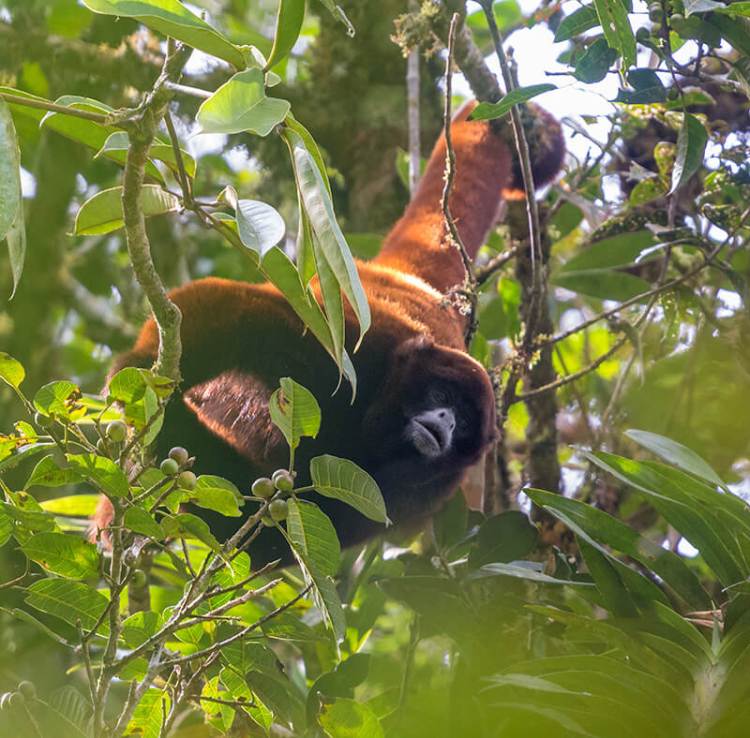
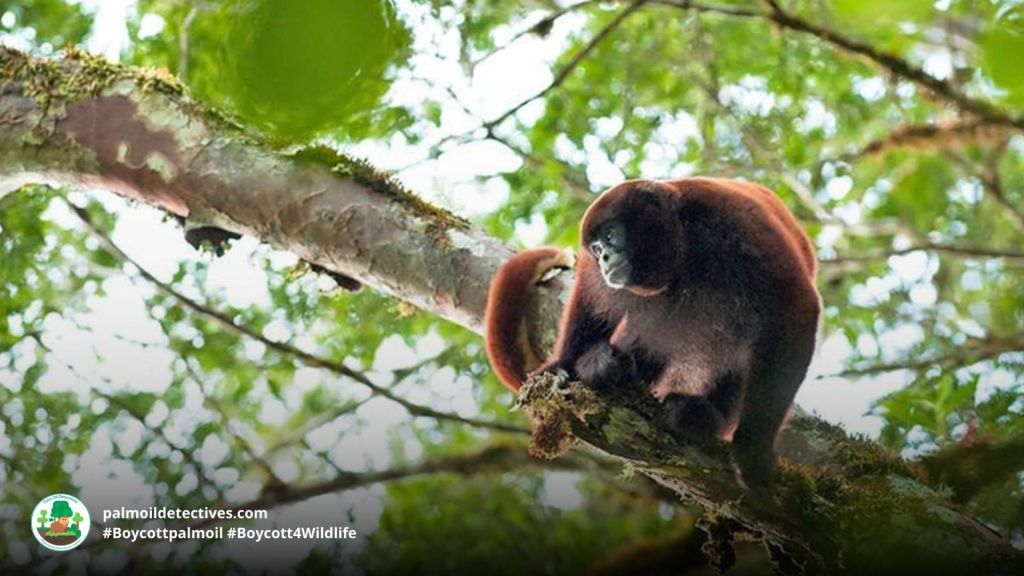
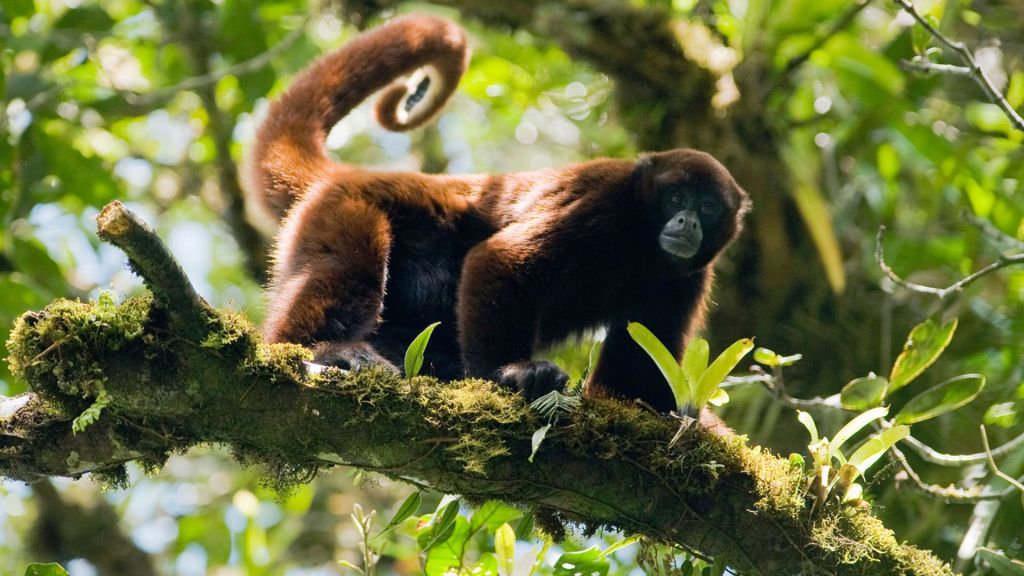

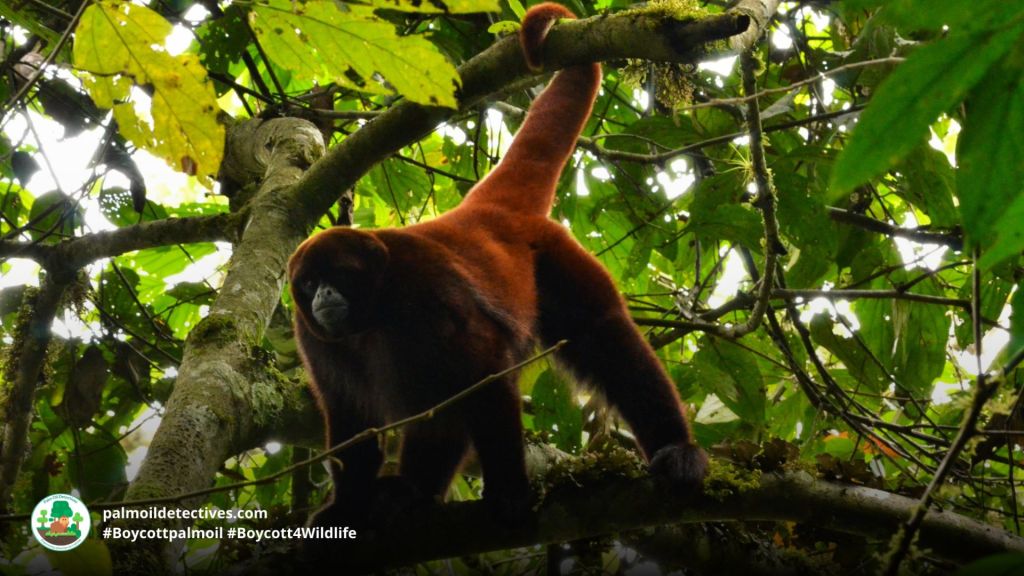
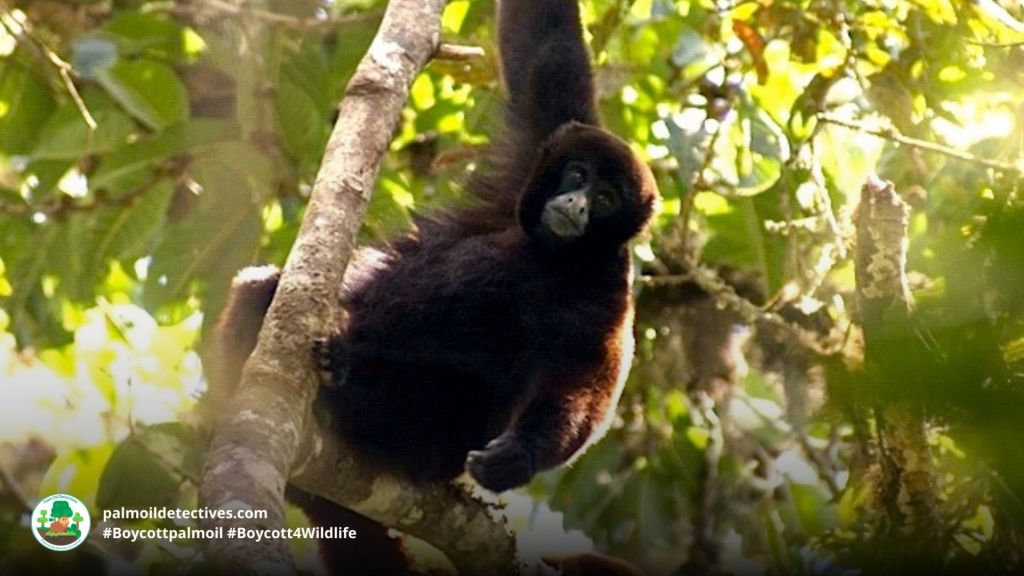
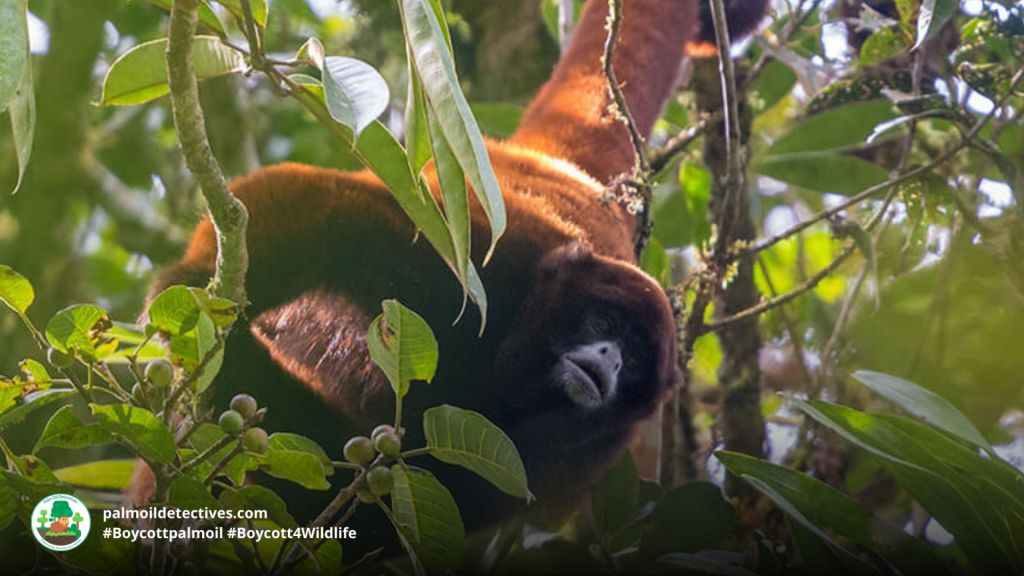
Peruvian Yellow-tailed Woolly Monkeys are highly sociable creatures, active during daylight hours. They live in groups of 4-30 individuals, comprising a dominant male, mature males and females, and young monkeys. Communication between communities involves vocalizations, particularly a loud, barking call used for alarm and territorial displays.
Endemic to the montane rain forests and cloud forests of the Peruvian Andes in the Departments of San Martín and Amazonas, south and east of the Río Marañón, these precious monkeys thrive at altitudes ranging from 1,100 to 2,700 meters above sea level. But they face threats from habitat loss and human activities, including palm oil production.

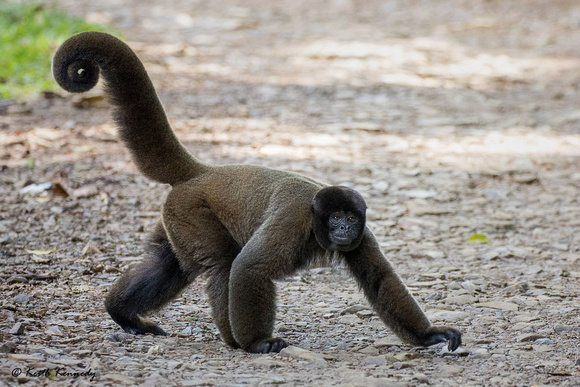
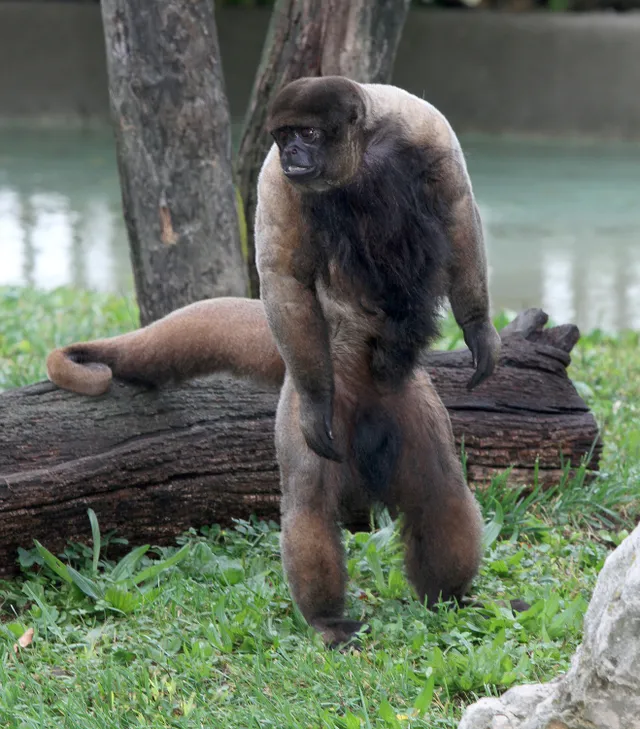
Relative inaccessibility of this species’ cloud forest habitat served as protection for The Yellow-tailed Woolly Monkey up until the 1950’s. Subsequently, road construction, selective logging and subsistence hunting have led to deforestation, forest fragmentation and population declines. More recently, mining operations have increased in this high mountain region. Leo Luna (1984) estimated 11,240 km² of remaining suitable forest habitat for this species in 1981. Buckingham and Shanee (2008) estimated 6,302 km² remaining in 2008, representing a prior average annual forest loss of over 180 km², and noted that 70% of the remaining forest habitat was unprotected. Peruvian ministry reports and GCF data suggest a slightly higher annual forest loss rate (210 km²/year) for San Martin Province, the core of this species range, over the period 2010-2017. These data would seem to suggest that the loss of nearly all remaining unprotected habitat within this species’ range is possible, if current rates of deforestation continue to the year 2030.

Additionally, the Yellow-tailed Woolly Monkey is heavily hunted by indigenous communities, market hunters and in retaliation for crop damage. Infants are also routinely taken as pets when mothers are killed.
You can support the survival of this beautiful animal
Neotropical Primate Conservation
Further Information

Shanee, S., Cornejo, F.M., Aquino, R., Mittermeier, R.A. & Vermeer, J. 2021. Lagothrix flavicauda (amended version of 2019 assessment). The IUCN Red List of Threatened Species 2021: e.T39924A192307818. https://dx.doi.org/10.2305/IUCN.UK.2021-1.RLTS.T39924A192307818.en. Downloaded on 06 June 2021.

How can I help the #Boycott4Wildlife?
Contribute in five ways
1. Join the #Boycott4Wildlife on social media and subscribe to stay in the loop: Share posts from this website to your own network on Twitter, Mastadon, Instagram, Facebook and Youtube using the hashtags #Boycottpalmoil #Boycott4Wildlife.
2. Contribute stories: Academics, conservationists, scientists, indigenous rights advocates and animal rights advocates working to expose the corruption of the palm oil industry or to save animals can contribute stories to the website.
3. Supermarket sleuthing: Next time you’re in the supermarket, take photos of products containing palm oil. Share these to social media along with the hashtags to call out the greenwashing and ecocide of the brands who use palm oil. You can also take photos of palm oil free products and congratulate brands when they go palm oil free.
4. Take to the streets: Get in touch with Palm Oil Detectives to find out more.
5. Donate: Make a one-off or monthly donation to Palm Oil Detectives as a way of saying thank you and to help pay for ongoing running costs of the website and social media campaigns. Donate here

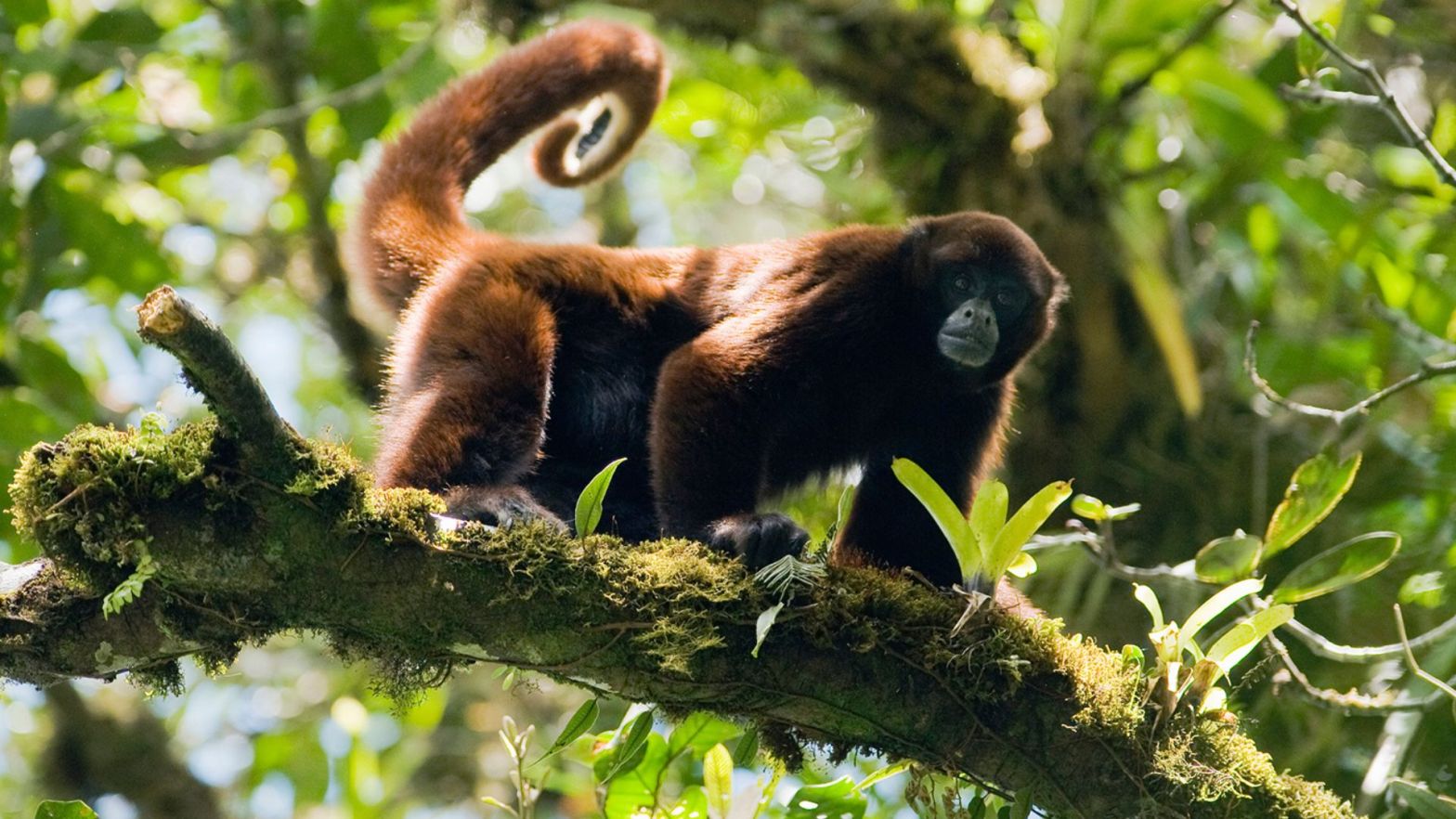







One thought on “Yellow-tailed Woolly Monkey Lagothrix flavicauda”